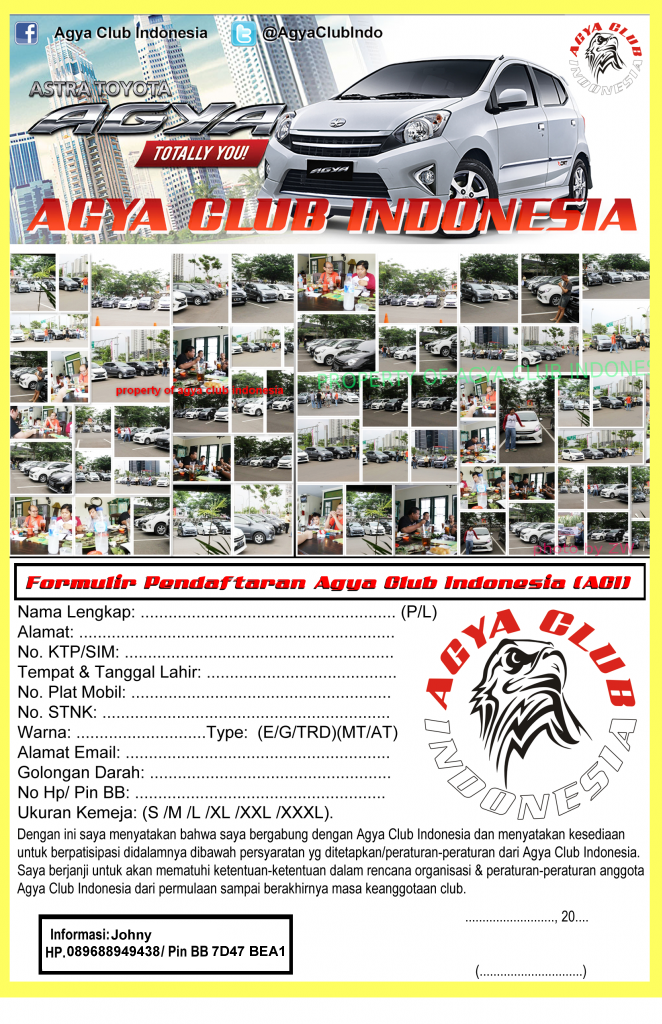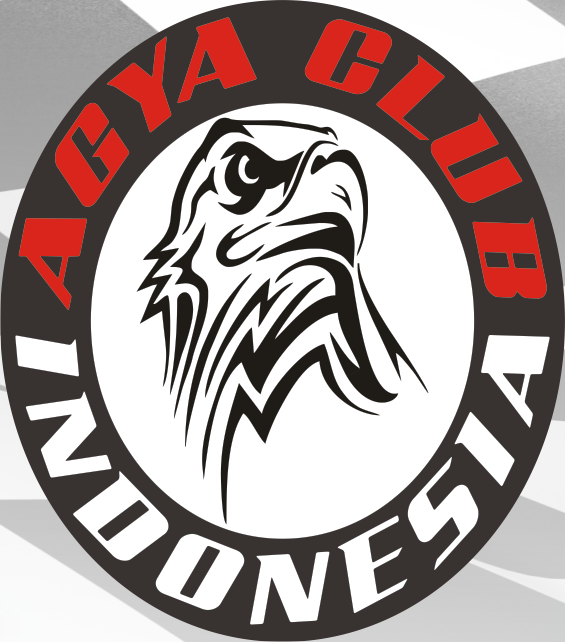The test mules are rolling and we expect the endurance-racing version of Ford’s GT supercar to be presented next month (June) in Paris shortly before the 83rd running of the 24 Hours of Le Mans. Until then, here are a some tidbits of information—some new, some merely reminders—dribbled from Ford’s severely restrictor-plated PR engine at a recent media event.
-The twin-turbo EcoBoost 3.5-liter V-6 engine will share bore and stroke dimensions (92.6 mm x 86.7 mm, or 3.64 in x 3.41 in) with existing applications including Ford cars and trucks and RoushYates-built IMSA Daytona Prototype endurance racing engines. Expect at least 700 horsepower.
-Ford Performance engineers are testing both carbon-fiber and forged-aluminum wheels for GT use. Five-bolt and center-lock retention schemes are also being considered. Brembo opposed-piston calipers and carbon-ceramic brake rotors are, thus far, a given.
- -To serve all of the things that didn’t exist when Ford engineered its second-generation GT—including four distinct driving modes (Normal, Sport, Track, and Wet), active aerodynamics, variable damping, and advanced traction- and stability-control programs—the third-gen has an elaborate nervous system consisting of:
-• More than 50 vehicle sensors
-• 28 microprocessors analyzing 300 MB of data per second.
-• Six CAN networks carrying 3000 digital messages distinct to the GT.
The GT’s doors hinge on an axis parallel to the windshield A-pillars, making them a hybrid of gullwing and scissor pieces. This design was selected to provide a narrow cockpit surrounded by wide airflow channels to the intercoolers and rear wing. The doors provide ample side-collision protection, although they contribute little to the GT’s torsional and bending rigidity. Expect ingress and egress to be difficult. Seating is so closely coupled that the driver can easily touch the frameless passenger side glass.
-While the seat bottoms are fixed directly to the molded floor pan, the backrests adjust through approximately 10 degrees. The pedals and steering wheel have nearly eight inches of fore-and-aft adjustment range. The steering wheel also telescopes.
-Multimatic Motorsports and Engineering, a long time Ford ally and Markham, Ontario, racing enterprise will manufacture the GT’s molded carbon-fiber tub and exterior body panels. According to Ford, Multimatic supplied lightweight materials for the 77 examples of the Aston Martin One-77 cars built and sold between 2009 and 2012.
-Car deliveries are tentatively scheduled to commence by the end of 2016 with a 2017 model-year designation.
--
- -
- Silver Fox: The New Ford GT Looks Damn Good in Silver and Stripes
- -
- 17 Things You Need to Know About the 2017 Ford GT Supercar
- -
- Everything Ford GT: News, Photos, In-Depth Technical Info, and More
- -
-
In 2016, Ford will compete in the Le Mans GTE category, which began in 2011. Key rivals are the Ferrari 458 Italia GT2, Porsche 911 RSR, and Chevrolet Corvette C7.R, all racing versions of production-based road cars. During the past four years, Ferrari earned two wins versus one each for Porsche and Corvette.
-Depending on the success at Le Mans, Ford should have little trouble selling the 250 road cars it intends to build per annum, even with a price that could be as high as $400,000. A class victory in France will extend the production program a few years but don’t expect total volume to ever exceed 1000 GTs.
- -from Car and Driver Blog http://ift.tt/1QKoHdf
via Agya











